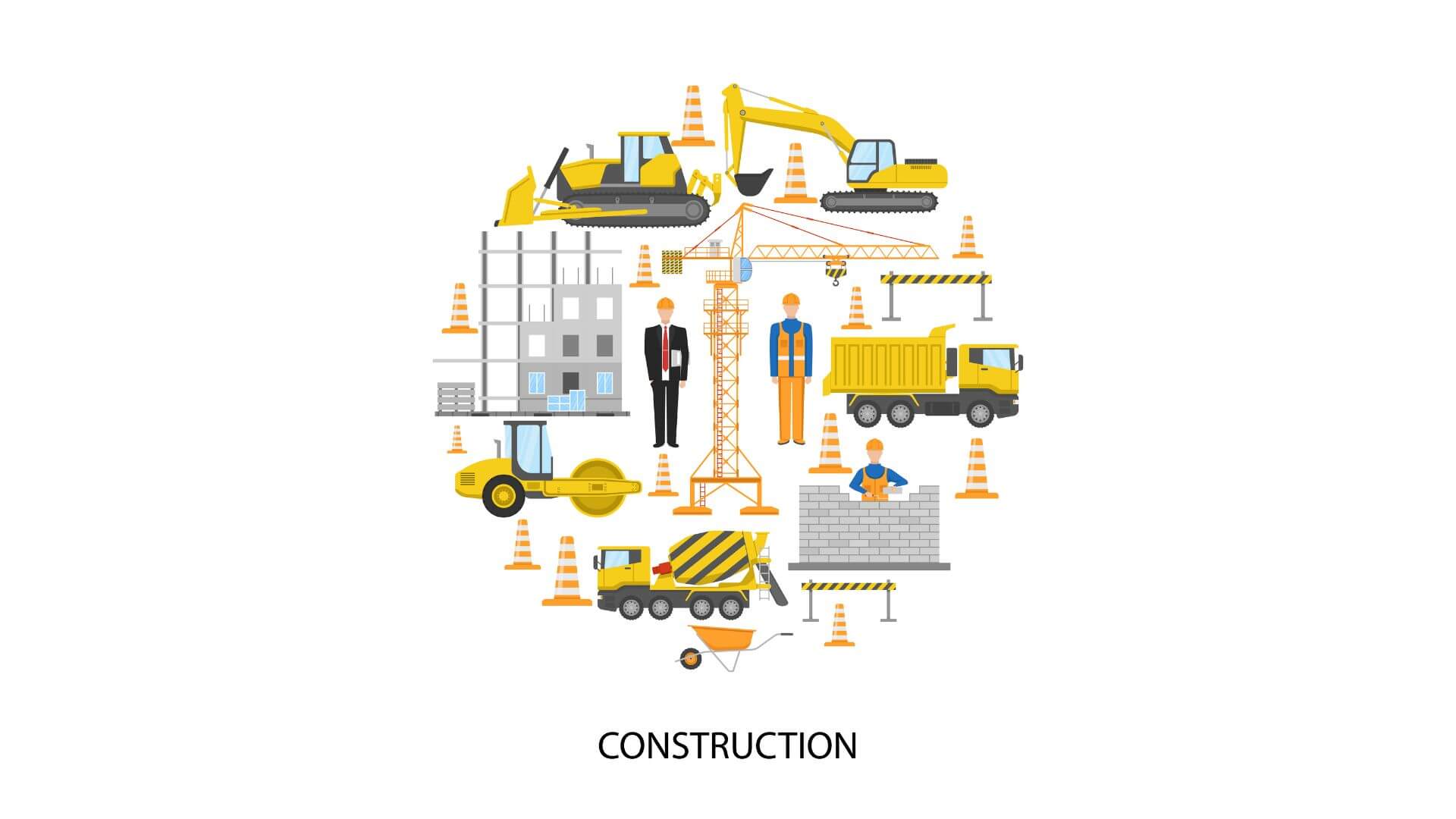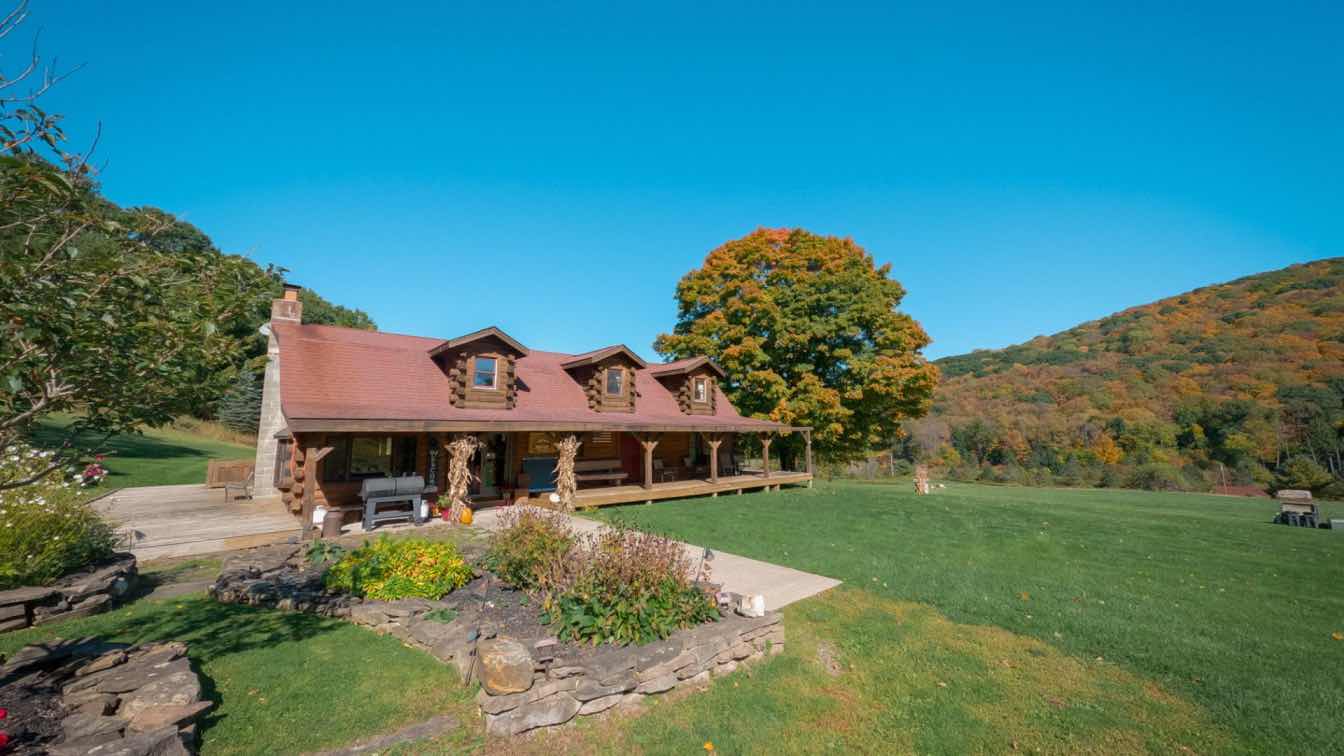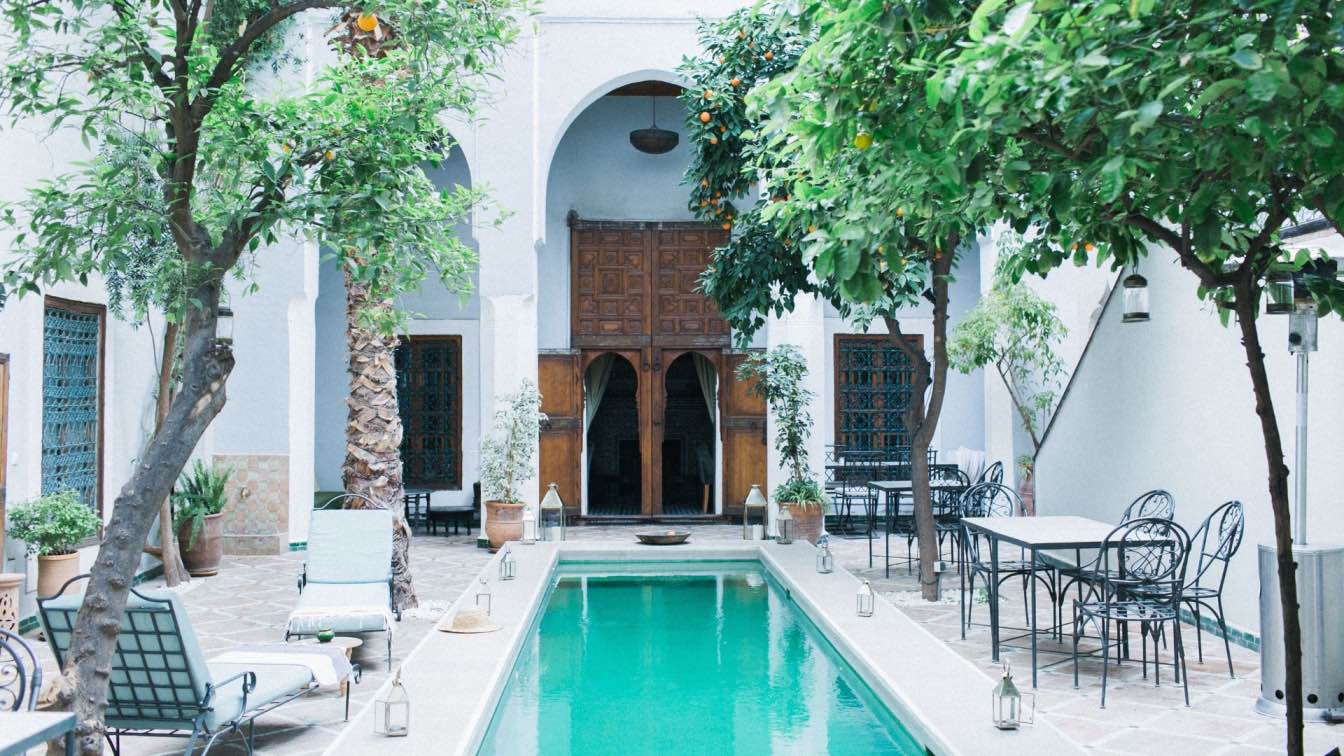When it comes to building or renovating a home, the roof is arguably one of the most important features. Not only does it protect your house from weather and other elements, but its design also has an enormous impact on the look of your property. That's why when selecting a roof for your home, you’ll want to consider all aspects carefully.
From material selection to pitch angles and ventilation options, several considerations go into choosing the right roof design for any given project, so let's discuss six essential things you should take into account before settling on a particular type of roofing system for your home.
The Importance of the Material
Today's homeowners have a wide variety of choices when it comes to roofing materials, from traditional asphalt shingles to metal, slate, tile, and more. Each type has its pros and cons—for example, metal roofs tend to last much longer than shingles, but they may be more expensive. When selecting the material, choosing the right roofing company becomes crucial, as they can guide you to the best options for your specific needs and climate.
Some roofing materials may not be suitable for certain climates or regions. For example, clay tiles are often a popular choice in warmer climates due to their ability to reflect sunlight and keep the interior of your home cooler.
Ultimately, the material you choose will depend on factors such as your budget, the look and feel you’re after, and the environment in which your home is located.
The Repair and Maintenance Costs
No matter the type of roof you choose, it will require some level of maintenance. Depending on the material and style, this may involve a simple yearly cleaning or more frequent repairs. The most common residential and commercial roofing repair services include fixing leaks, replacing broken shingles or tiles, and clearing away debris. As such, be sure to evaluate the long-term costs associated with any roofing system before making a final decision.
For instance, metal roofs tend to require little maintenance, but may be more expensive up-front. Asphalt shingles are less expensive than metal, but require more frequent repairs and replacements.
The Pitch of the Roof
The "pitch” of a roof refers to its angle—the steeper the pitch, the more vertical it is. Generally speaking, the steeper a roof’s pitch is, the better it will be at draining water and snow—but this comes at the cost of headroom in your attic or other upper stories.
Shallow roofs, on the other hand, don't drain as well but are often more visually appealing and provide greater interior space and headroom. The best approach is to strike a balance between aesthetics, practicality, and price.
Ventilation Considerations
Your roof should have adequate ventilation to keep the temperature in your home comfortable year-round. The right kind of ventilation will also help protect your roof from damage caused by extreme temperatures, as well as help with moisture control.
Your ventilation system should be designed to take advantage of natural air currents, as well as powered vents such as fans and turbines. Keep in mind that different roofing materials may require different ventilation systems, so make sure you consult a professional if necessary.
Energy Efficiency
If you’re looking for ways to cut down on energy costs, your roof should be near the top of the list. For instance, choosing a roofing material that reflects sunlight can drastically reduce the amount of heat entering your house and help keep interior temperatures more comfortable during warmer months. Metal roofs can also reflect solar radiation, which is great for energy savings in hot climates. Cool roof coatings, on the other hand, are better suited for cooler climates.
Additionally, installing insulation in your attic can help improve the energy efficiency of your roof.
Aesthetics and Style
Last but not least, you’ll want to consider the look of your roof when making a decision. Different roofing materials will offer different styles—for example, slate tiles have a more classic, elegant feel compared to metal roofs, which are often more modern.
On the other hand, you may want to keep the roof relatively neutral so it will blend in with your building’s exterior. Whatever style you opt for, however, make sure it fits well with the overall design of your house or office building.
There are many factors to consider when choosing the right roof design—from budget and maintenance costs to aesthetics and energy efficiency.
Ultimately, it's important to do some research on different materials as well as their associated benefits and drawbacks, so you can make an informed decision that meets all of your needs. Don't hesitate to consult with a professional if necessary—they will be able to offer expert advice based on your circumstances.
With the right knowledge in hand, you'll soon have a beautiful yet practical roof over your head!





